Tuesday, February 3, 2015
video of great barrier reef
ideo.nationalgeographic.com/video/oceans-narrated-by-sylvia-earle/oceans-barrier-reef
works cited
en.wikipedia.org/wiki/Great_Barrier_Reef
www.livescience.com/6290-great-barrier-reef.html
animals.about.com/od/habitat-facts/tplgreat-barrier-reef-animals.html
Kaobio.wikispaces.com/file/view/abelfoodweb.jpg
google images
www.livescience.com/6290-great-barrier-reef.html
animals.about.com/od/habitat-facts/tplgreat-barrier-reef-animals.html
Kaobio.wikispaces.com/file/view/abelfoodweb.jpg
google images
endangered
An important endangered species of the Great Barrier Reef, is the scalloped hammerhead shark. A very uncommon species, it is only found in and around the reef. Though it kills species of fosh, it is important to keep the balance of the reef with preadator to prey. They are being fished off like crazy, and it is important that the over fishing of the shark stops.
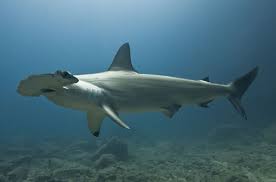



decomposers
Fan Worms: A harm to most corals, fan worms do a good job of keeping the area clean!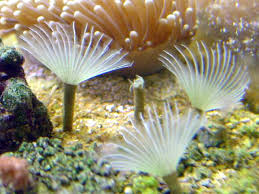
Sea Cucumbers: this decomposer can move but very slowly, and it helps clean as well.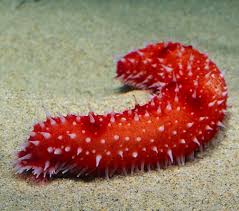
Cone Snail: A venomous snail that feeds on dead coral, its probably best no stepped on!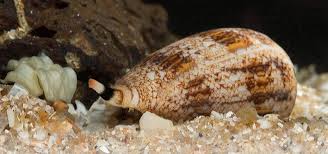
Spider Crab: a hugeeeee arachnid, the spider crab is actually helpful to communities it inhabits.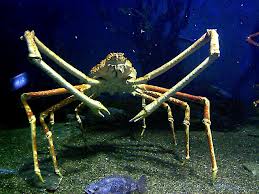
bristle worms: bristle worms are gross, but are quite helpful to the Great Barrier Reef!

Sea Cucumbers: this decomposer can move but very slowly, and it helps clean as well.

Cone Snail: A venomous snail that feeds on dead coral, its probably best no stepped on!

Spider Crab: a hugeeeee arachnid, the spider crab is actually helpful to communities it inhabits.

bristle worms: bristle worms are gross, but are quite helpful to the Great Barrier Reef!

Heterotrophs
Crown Of Thorns starfish: A devestating factor this starfish is killing off several types of corals.
Dugong: Also known as the sea cow, this creature feeds on sea grasses, hence the name sea cow!
Clownfish: made popular by Nemo, the clownfish is a beautiful species of reef fish.
Leather Back Sea Turtle: an amazing giant turtle, leatherbacks are becoming more endangered.
Salt Water Crocodile: Not underwater, the crocodile inhabits islands and the coast near by.

Dugong: Also known as the sea cow, this creature feeds on sea grasses, hence the name sea cow!

Clownfish: made popular by Nemo, the clownfish is a beautiful species of reef fish.

Leather Back Sea Turtle: an amazing giant turtle, leatherbacks are becoming more endangered.

Salt Water Crocodile: Not underwater, the crocodile inhabits islands and the coast near by.

autotrophs
Coral polyps: they make up most of the reef and are what built the Great Barrier Reef!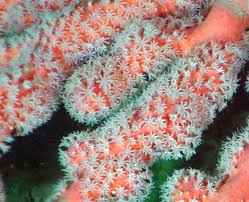
Halophila: a type of sea grass, it is common prey to the Dugong.
Bottle Brush Coral: one of the more common types of coral on the reef, it is a beautiful addition to the large cluster of sea life.

Bubble Coral: another radical type of coral found on the reef.

Staghorn Coral: as you can tell, the Great Barrier Reef is made up of thousands of types of awesome corals.

Halophila: a type of sea grass, it is common prey to the Dugong.

Bottle Brush Coral: one of the more common types of coral on the reef, it is a beautiful addition to the large cluster of sea life.

Bubble Coral: another radical type of coral found on the reef.

Staghorn Coral: as you can tell, the Great Barrier Reef is made up of thousands of types of awesome corals.

Abiotic Factor
With the gigantic mass of the Great Barrier Reef, there are a lot of factors that keep the reef alive. A very big factor is the temperature of the water around the reef. Being so far south, the reef is really warm most of time and the fish and coral that live there and make up the reef depend on that. If the temperature were to change drastically, most of the reef would die. And that would be a drag!
Monday, February 2, 2015
General Information
General Information on the Great Barrier Reef:
Off the Coast of Australia, the Great Barrier Reef is the worlds largest coral reef system! It is the largest object made by living organisms on Earth. It consists of 2,900 different reefs and it can be seen from outerspace! It is a tropical aquatic biome. It is one of the seven natural wonders of the world and is a beautiful place in my opinion. Its latitude is about 18 degrees south and 148 degrees east. It is a place full of life and an excellent example of amazing animal life.

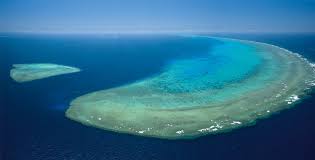

Off the Coast of Australia, the Great Barrier Reef is the worlds largest coral reef system! It is the largest object made by living organisms on Earth. It consists of 2,900 different reefs and it can be seen from outerspace! It is a tropical aquatic biome. It is one of the seven natural wonders of the world and is a beautiful place in my opinion. Its latitude is about 18 degrees south and 148 degrees east. It is a place full of life and an excellent example of amazing animal life.



Subscribe to:
Comments (Atom)

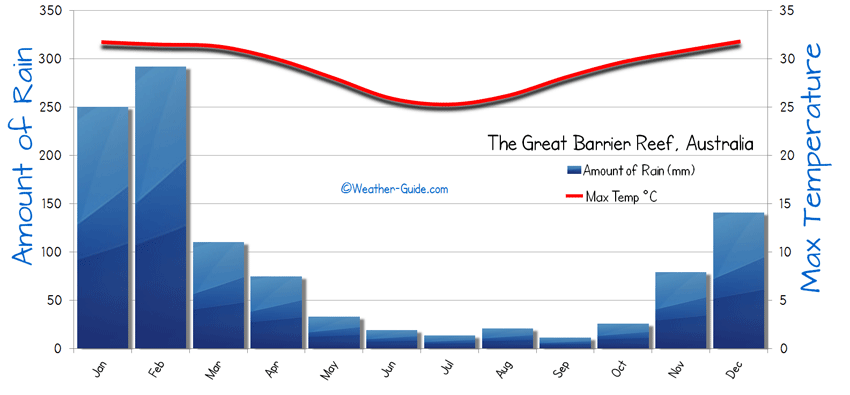 As you can see, the climate temperature is rather consistent, but the amount of rainfall decreases in winter. But rainfall doesn't effect this biome too much, seeing as how it is underwater.
As you can see, the climate temperature is rather consistent, but the amount of rainfall decreases in winter. But rainfall doesn't effect this biome too much, seeing as how it is underwater.